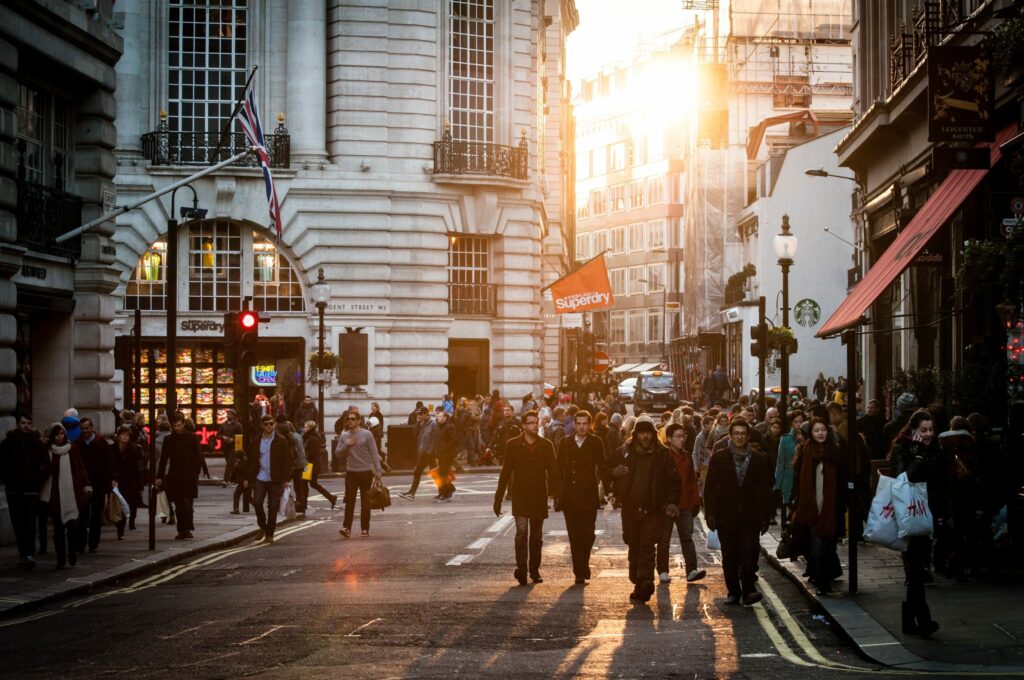Looking at Human Trafficking Differently
Atlanta is one of the worst cities for human trafficking. We hear this often, but I wonder how many of us actually see this – or take the time to look for it. Trafficking victims can be babysitters, braiders, cooks, cleaners, convenience store workers, and even spouses. These are people we see every day, but do we take the time to hear them or their stories?
Trafficking involves the recruitment, transportation or harboring of someone TO participate in forced labor, involuntary servitude, sexual exploration BY threat, force, fraud, deception or coercion. For immigrant victims of trafficking, the threats often include threats of calling ICE and deportation.
Examples can help us see what human trafficking looks like in our communities.
Olawa, a citizen of Ghana, met David while he was in her home country on vacation. They fell in love and David told Juana that he lived in the United States, that he could take care of her and that she should come be with him. Olawa arrives in the United States, eager to start a new life with the man she loves, but within a few days everything changes. He tells her that she’s there to cook, clean and tend to his needs. He takes her passport and hides it from her. She’s not allowed to have a phone or leave the house. When she complains, he hits her and tells her that she’s in the US without permission and he’ll call and have her deported if she doesn’t do as she says. Olawa is a victim of human trafficking.
Mitesh, a citizen of India, has a degree in software engineering. A U.S.-based company hosted a job fair in his hometown saying that people with his background could earn more than $100,000 with them. Mitesh decides to take a job with the company and comes to the United States. Once here, he’s told that he has to work in a convenience store while the company waits for an engineering position become available. He works 14 hours a day, but after six months, there’s no more talk of an engineering position. He asks the employer, but was told that his visa expired and there’s no way for him to get legal work now. Mitesh is a victim of human trafficking.
Juana hires coyotes to bring her to the United States from Honduras. She paid them $5,000. While traveling through Mexico, the coyotes have her carry bags for them – telling her not to look inside. Juana makes it to the United States and the coyotes tell her she has to pay an extra $1,000 to them because the trip took longer than expected. This has now turned from a smuggling situation to a trafficking one because Juana was forced to work by carrying bags and she’s being told that the price has changed.
These examples barely cover the different examples that could be trafficking. I challenge us all to be more aware of what trafficking looks like – where people are forced to be in a situation where they don’t want to be because of threats. There is immigration help available. USCIS offers protection for victims of human trafficking – the T Visa. We need to educate ourselves on what trafficking looks like so we can help victims come forward, gain protection, and regain their independence.


